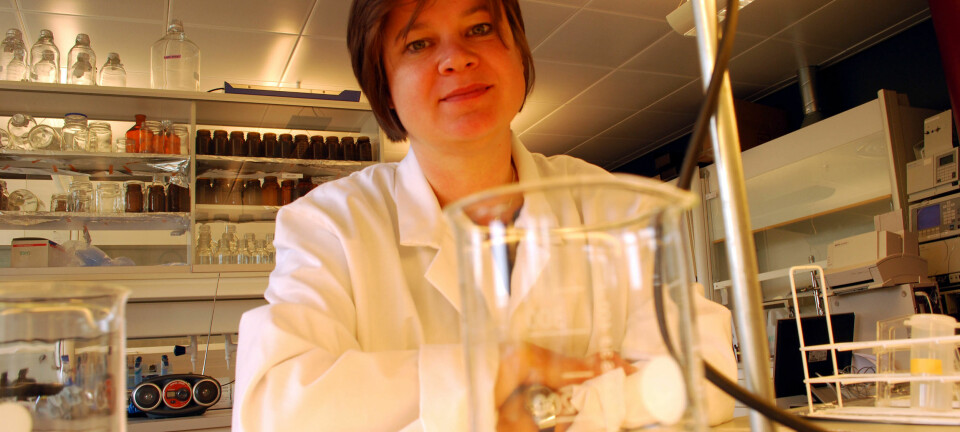
Pregnant women who eat fish get chubby daughters
When an expectant mother gets the environmental toxins PCB and DDE into her bloodstream from eating fish, her daughters are likely to become overweight, new Danish/Faroese study reveals.
An increasing body of research is suggesting that diet and lack of exercise alone do not explain the current obesity epidemic, and that chemical pollution also plays a part.
A new Danish/Faroese study now further supports this view.
Overweight Faroese mothers with the highest levels of the environmental toxins PCB and DDE (see Factbox) in their bloodstream are most likely to give birth to daughters who subsequently develop obesity.
PCB and DDE enter the stomach via fish
The high levels of PCB and DDE in the mothers’ bloodstream come from a diet rich in fish and whale meat. Here, the chemicals appear to have changed the genetics in the unborn child, the researchers say.
These genetic changes during foetal development make it difficult for the girls to maintain a healthy weight throughout their lives, explains the first author of the new study, PhD student Jeanett L. Tang-Péronard, of the Institute of Preventive Medicine at the University of Copenhagen, Denmark:
”It appears that the chemicals can lead to the activation of the genetic element of obesity, or strengthen it to a higher degree of obesity in the children. We are starting to form a clear picture of how the chemicals may have the ability to reprogram foetal DNA, which means that the persons can subsequently develop a long series of diseases or problems with metabolism.”
We should not stop eating fish
The new findings can be a bit puzzling, says the researcher, because even though fish contains chemicals, and these chemicals may predispose girls to obesity, fish also contains a great deal of ‘good’ substances that are essential to a healthy diet.
Therefore, she does not recommend that we stop eating fish altogether:
”It may be that the healthy stuff in fish actually outweighs the negative effect of the chemicals. However, further studies are needed of the effect of various chemicals on foetal development before we can get a full picture of which chemicals are harmful, and exactly how harmful they are. In this study, we only examined two chemicals – and there are several thousands of them in the environment the effect of which we still do not yet fully understand.”
Seven-year-old girls most at risk
Some 656 pregnant women from the Faroe Islands who gave birth in the period 1997-2000 were recruited for the study.
PCB and DDE were measured in maternal serum and breast milk, and the children's weight, height, and waist circumference were measured at clinical examinations at five and seven years of age. The change in body mass index (BMI) from age five to seven was calculated, and analyses were performed by using multiple linear regression models for girls and boys separately, taking into account maternal pre-pregnancy BMI.
The results revealed that women with high levels of the chemicals in their bloodstream gave birth to daughters who by the age of seven weighed an average of six kilos more and had a 2.5 cm greater waist circumference than daughters of both normal-weight mothers with high levels of DDE and PCB in their bloodstream and overweight mothers with low levels of DDE and PCB.
Surprisingly, no association was observed when the girls were only five years old.
”This suggests that it takes some time before the effect is observed,” says Tang-Péronard.
“Other studies have shown that some chemicals only have an effect after 20 years or more, but we do not yet know why this is so. It is also interesting to note that this only applies to girls. This suggests that the chemicals have an estrogenic effect and are thus more harmful to girls than to boys at the embryonic stage.”
------------------------
Read the Danish version of this article at videnskab.dk









